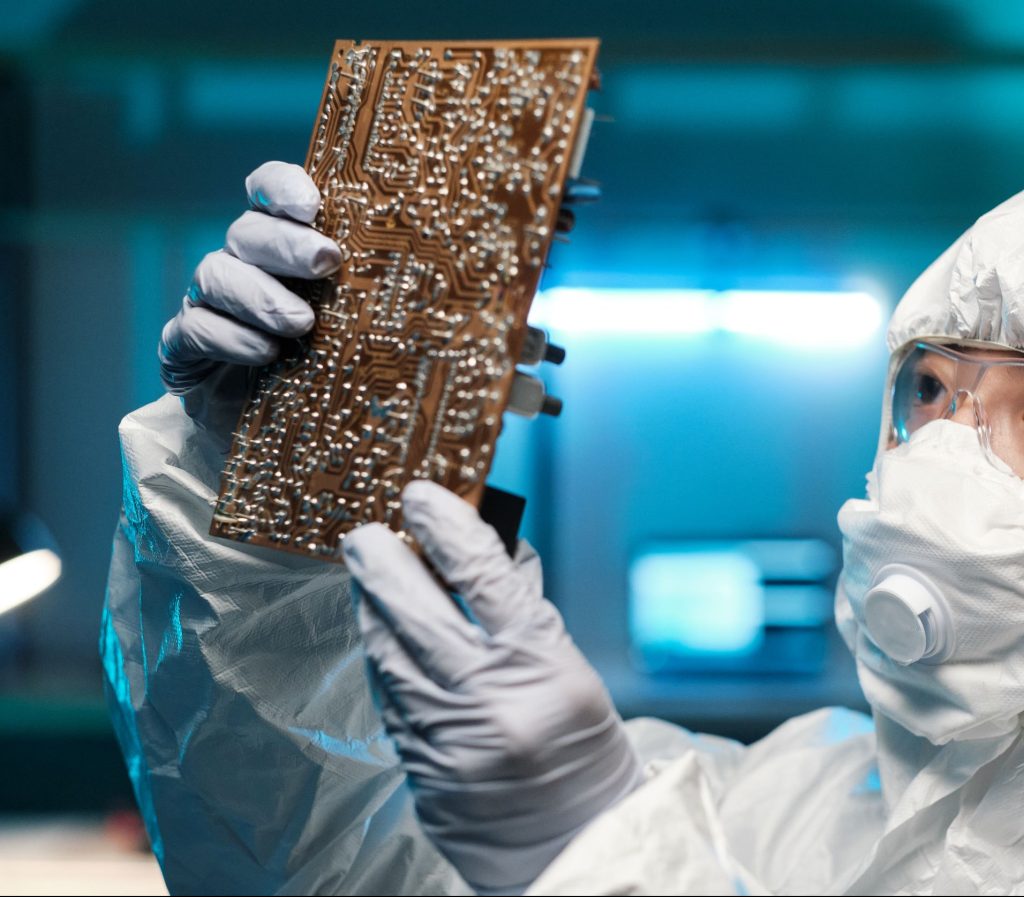Disentangling the worldwide web of e-waste
The benefits of consumer electronic products have transformed every societal sector worldwide. However, the adverse impacts of electronic waste (e-waste) disproportionately affect low-income communities and marginalized ecosystems in nations with economies in transition. The embodied carbon footprint of new electronic products, especially information and communications technology (ICT) devices, is an important source of greenhouse gas (GHG) emissions, accounting for 67% ± 15% of total lifetime emissions, instigated by mineral mining, manufacturing, and supply chain transportation.
Increasing the useful lifespan expectancy of electronic devices by 50%-100% can mitigate up to half of the total GHG emissions. Such outcomes will require coordination of eco-design and source reduction, repair, refurbishment, and reuse. These strategies can be a key to efforts towards climate neutrality for the electronics industry, which is currently among the top eight sectors accounting for more than 50% of the global carbon footprint
Andere relevante publicaties
Re-use of soundbars
How feasible is it to give soundbars a second life? Commissioned by Stichting OPEN, Second Use investigated the re-use potential of four soundbar models, revealing insights into repairability, consumer interest, and key barriers.
Re-use van soundbars
Hoe haalbaar is het om soundbars een tweede leven te geven? In opdracht van Stichting OPEN onderzocht Second Use de potentie van re-use bij vier modellen soundbars – met inzichten over reparatiemogelijkheden, consumentengedrag en belemmeringen.
Re-use of cordless vacuum cleaners
The re-use of cordless vacuum cleaners presents interesting opportunities, but battery replacement costs pose a significant challenge. This study, conducted by Second Use on behalf of Stichting OPEN, examines the feasibility of refurbishment and identifies key improvements to extend the lifespan of these appliances.


